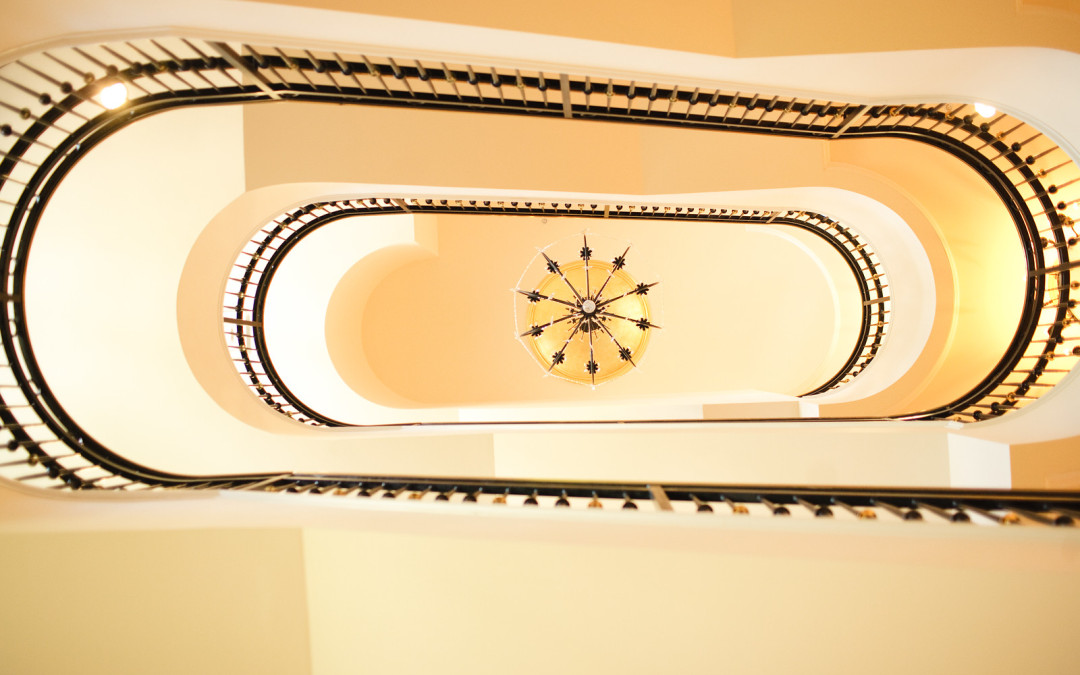Holistic Design is integral to creating a space that has a cohesive feel. Your dwelling will look more cohesive and feel more comfortable if you consider the overall design aspects before you start construction or before you order all new furniture. When considering design, it is best to start work out the central, broad design; after nailing down that down, you can start to work out the details . The primary design of your space should share three important parts: Style, Material, and Color. If you keep these three things consistent throughout your design, you can create unique spaces within your dwelling without a haphazard feel.

Style
Style in this context refers to the predominant feel of the place – the space, décor, and trim. Style can be broken down into three primary categories: Traditional, Transitional, and Modern. And each category can be broken down further. When thinking of your space holistically, choose one of the three for the primary style. Nothing will look stranger than to have a very traditional living room connected to an ultramodern kitchen. Once you have settles on the primary style, there are many ways to incorporate aspects of other styles into your home. You can mix some modern pieces into a traditional home or traditional pieces into a modern or transitional home. The trick to making these pieces work is by having the rest of the style consistent throughout. If you are not sure about what you particular style is, Houzz.com has a helpful quiz: http://www.houzz.com/ideabooks/25171951/list/houzz-quiz-whats-your-decorating-style. This is the first step you want to take when considering your design.

Material
The next consideration is the material you use throughout your space. The material you choose can have a big effect on the feel of your space. Consider what feel you want your space to have and then choose the main materials accordingly. The materials do not need to be identical throughout, but it helps to consider them together. You may want materials that impart a natural, organic feel, which would not necessarily go with an ultramodern tile. Or perhaps you lean towards an industrial feel, which might not work with a natural stone. The trick here is to consider the materials throughout, not necessarily to match the materials. Once you have determined the feel you want for your space, you can then mix in other materials that might not fall under the main category but compliment it in some way.

Color
Color refers to the predominant color palette throughout the house. In this case you should think of color in terms of earth tones, jewel tones, primary shades, pastels, whites, neutrals, or darks. Our house is decorated in subdued earth tones – moderately light to medium shades that have quite a bit of gray in them. By decorating all the rooms in subdued tones, we were able to pick a different color for each room while maintaining a predominant theme. The colors compliment each other and look good together because they are all within a particular palette. One of my tricks for picking out color is to go to paint stores and see what professional designers and decorators have picked as their favorite colors. They tend to pick colors that have a predominant theme, look good together, and look beautiful on the walls and on furniture.
Designing holistically does not mean you cannot add surprises into your decorating or mix and match within styles. It is a helpful way to consider your project as a whole so you have a consistent feel throughout your home.



Recent Comments